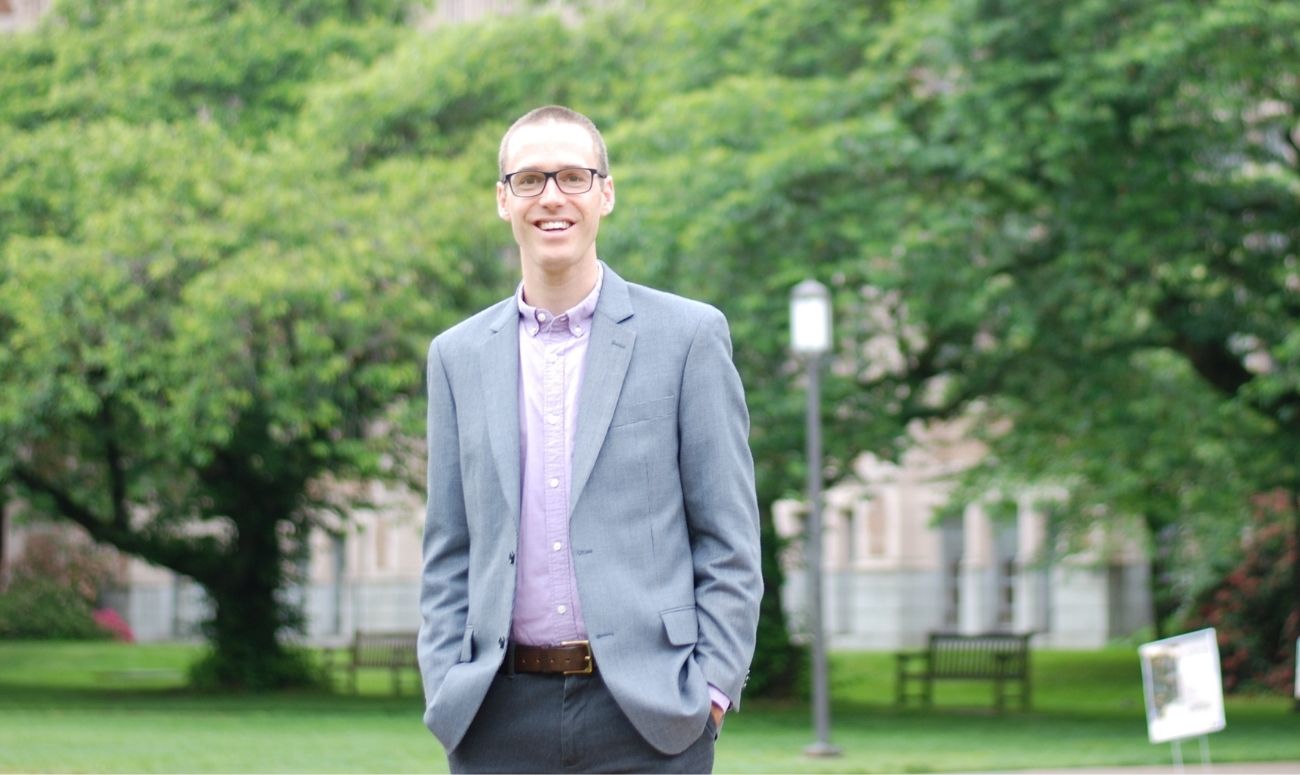Despite numerous advances in medicine over the last few decades, accurately diagnosing the consciousness of unresponsive patients remains a surprisingly difficult task. Scientific studies suggest that 30 to 40% of patients diagnosed as being in what is commonly called a vegetative state are actually conscious.
Accurately diagnosing patients with disorders of consciousness can have important implications for their clinical care says Matthew Owen, a philosophy instructor at Yakima Valley College and author of the recently published book “Measuring the Immeasurable Mind: Where Contemporary Neuroscience Meets the Aristotelian Tradition.”
Owen, who grew up in the Yakima Valley and graduated from East Valley High School, first became interested in the ethical issues related to caring for unresponsive patients during his graduate studies. His wife, Aryn, was working at that time as a nurse in the pediatric intensive care unit at Ronald Reagan UCLA Medical Center and for a significant period of time nursed a patient on life support who was completely unresponsive.
After completing his doctoral research, which focused on philosophy of mind and neural correlates of consciousness, Owen would go on to join a large research team working to develop neuroimaging technology for detecting and measuring consciousness at the bedside of unresponsive patients.
“The possibility of this depends on how the mind relates to the brain, which is a modern rendition of a classic issue in philosophy,” said Owen, whose philosophy courses include a health care ethics course that YVC nursing students take as part of their preparation.
Owen notes that proper diagnosis of patients with disorders of consciousness has important implications for their recovery prospects and treatment plans. At the same time, there are often ethical issues concerning continuing or discontinuing care of these patients.
“Diagnosing particular disorders of consciousness can be difficult because it is possible for some patients to be covertly conscious even though they show no behavioral signs of consciousness,” Owen said, “thus, inaccurate diagnoses are far more common than we can be comfortable with.”
To overcome current diagnostic limitations, Owen said clinicians need accessible neuroimaging technology that allows them to discern whether or not a patient is conscious and to what degree simply by recording neural activity, so the patient isn’t required to give any intentional response.
“However, successfully diagnosing disorders of consciousness using neuroimaging without reports from subjects inherently depends on how consciousness relates to the brain,” said Owen, and that’s where his book aims to provide answers.
“Knowledge of how the mind relates to the brain is needed to inform our interpretations of data about neural activity in the absence of any responses from patients,” he said, and the final chapters of his book present an original model of neural correlates of consciousness informed by Aristotle and Aquinas. It entails a view of how the mind relates to the brain that could help guide interpretations of data about neural activity when a patient is unresponsive but potentially conscious.
In Owen’s health care ethics course, issues involved in caring for patients with disorders of consciousness are among the topics he explores with students.
“We discuss guiding ethical principles to keep in mind to ensure that such patients are properly cared for,” Owen said. “Here my research directly informs my teaching, since the ethical concerns we cover are the motivating factors for research on empirically detecting consciousness in unresponsive patients.”
